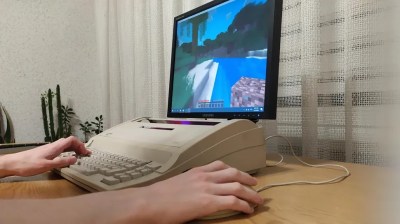We like USB-C here at Hackaday, but like all specifications it is up to manufacturers to follow it and sometimes… they don’t. Sick of commercial cables either don’t label their safe wattage, or straight up lie about it, [GreatScott!] decided to DIY his own ultimate USB-C-PD cable for faster charging in his latest video, which is embedded below.
It’s a very quick project that uses off-the-shelf parts from Aliexpress: the silicone-insulated cable, the USB-C plugs (one with the all-important identifier chip), and the end shells. The end result is a bit more expensive than a cable from Aliexpress, but it is a lot more trustworthy. Unlike the random cable from Aliexpress, [GreatScott!] can be sure his has enough copper in it to handle the 240W it is designed for. It should also work nicely with USB PPS, which he clued us into a while back. While [GreatScott!] was focusing here on making a power cable, he did hook up the low-speed data lines, giving him a trustworthy USB2.0 connection.
This isn’t the first time we’ve seen someone test USB gear and find it wanting, though the problem may have improved in the last few years. Nowadays it’s the data cables you cannot trust, so maybe rolling your own data cables will make a comeback. (Which would at least be less tedious than than DB-25 was back in the day. Anyone else remember doing that?) USB-C can get pretty complicated when it comes to all its data modes, but we have an explainer to get you started on that. Continue reading “The Most Trustworthy USB-C Cable Is DIY”




















